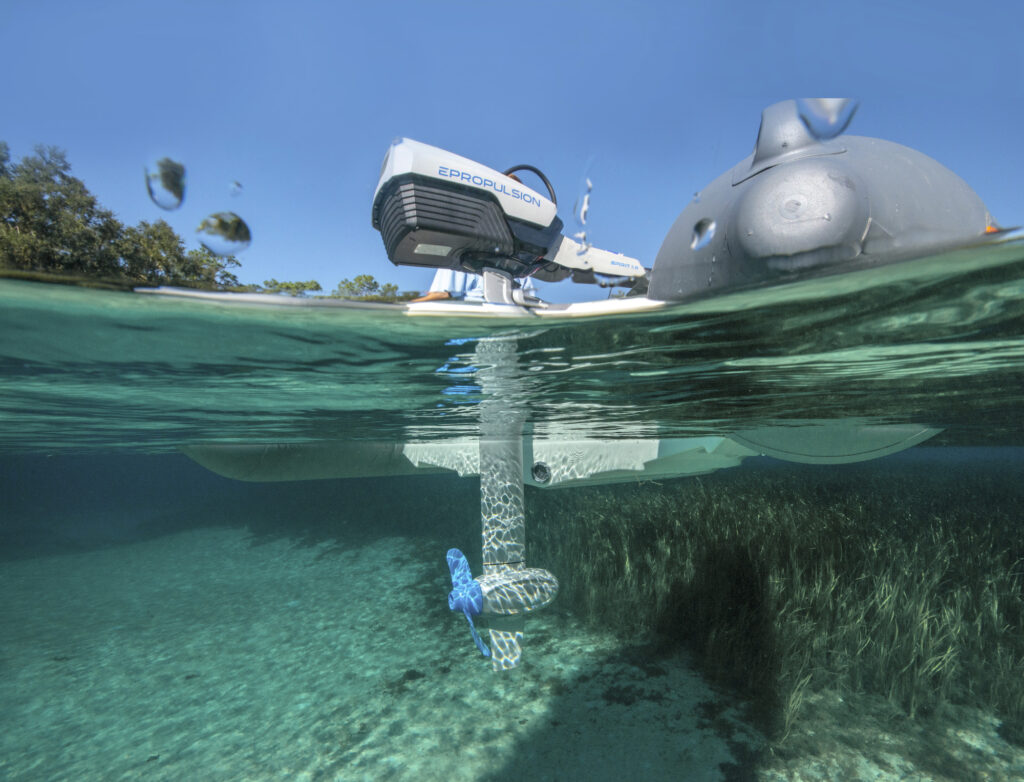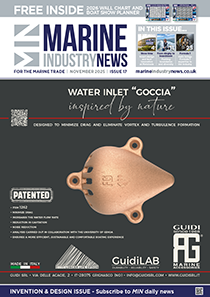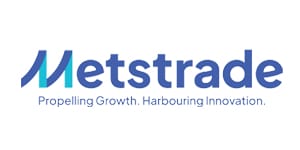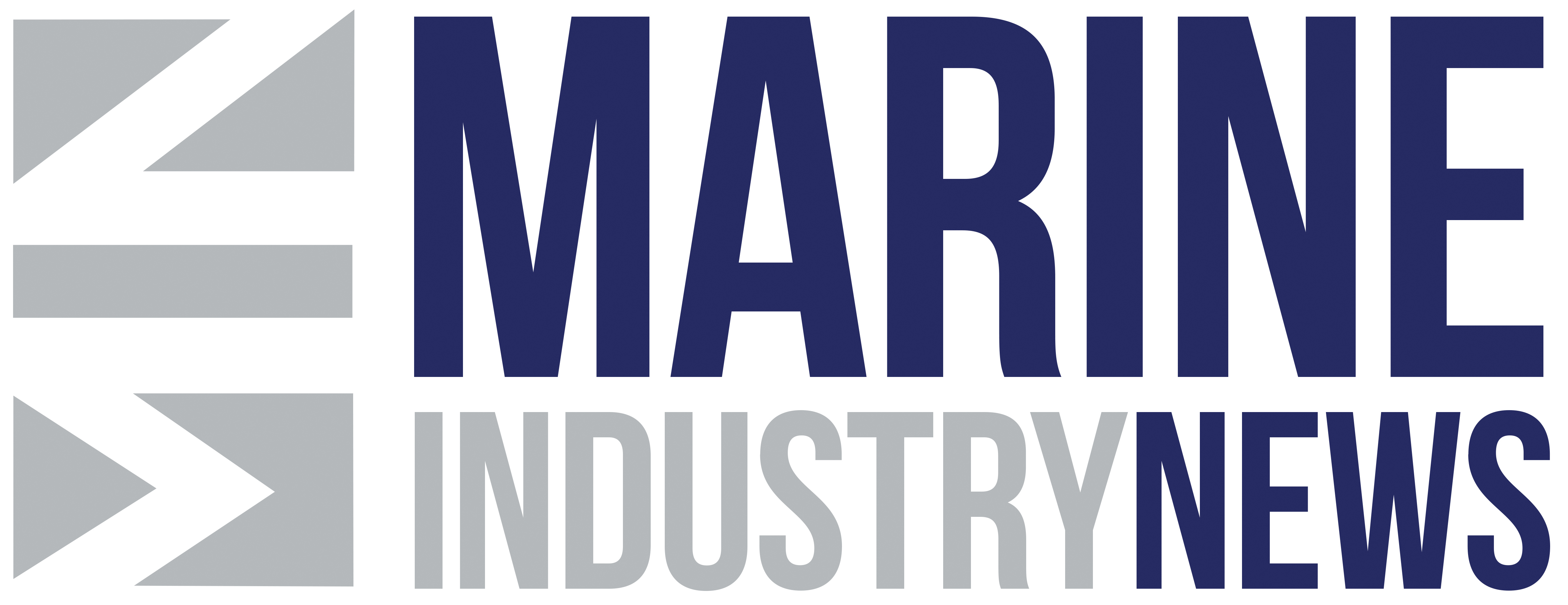ePropulsion predicts 100% growth in 2022

ePropulsion has announced record sales revenue growth in 2021 and forecasts a strong outlook for 2022.
Sales revenue for the marine electric propulsion systems and services company increased 200 per cent year-on-year in 2021, with over 15,000 units sold across the globe. The company estimates a 100 per cent growth rate in 2022 as boat owners look to switch to more sustainable boating and convert to electric propulsion systems.
Europe and North America continue to be the two largest growing markets for ePropulsion moving into 2022, with the UK and Germany the leading countries in Europe. The leisure marine sector accounts for most sales, although take-up for commercial use and OEM applications are rising. The company is continuing to expand its network globally, with distributor appointments in Australia, South Korea, Thailand, Singapore, and Serbia in the last few months.
Looking ahead, ePropulsion says it will continue to invest in research and development to expand and grow its sustainable boating solutions. The company is also looking at smart boating technology, to help make its systems more environmentally friendly, efficient and intelligent.

“ePropulsion’s development continues, with investment in ongoing innovation, R&D, and product and personnel development in order to help us retain the best talent, produce successful and well-received products, and play our part in contributing to the global mission to reach zero carbon emissions,” says Danny Tao (left), CEO of ePropulsion. “2021 was a fantastic year for the company and we are very excited to see what 2022 brings.
“In regard to the wider market, demand for electric propulsion is spurred by conscientious boaters looking to transition to a more sustainable way of boating. With this, industry-wide developments will be required, such as widespread electric charging networks.
“If we are to make the switch to greener, more sustainable boating a reality, the number of marinas with charging infrastructure needs to increase significantly, with more charging points at each marina. This will facilitate a faster transition to electric propulsion. We need stakeholders, including electric boat manufacturers, power solution companies, marinas, and policymakers to work together to bring about change.”
Longer-term, ePropulsion predicts marinas may look to sustainable energy sources such as solar, tide and wind power, with apps and websites showing network charging locations becoming the standard.
“These will provide users with everything from real-time information on charging point availability, specification and price, to offering the option to pre-book a charger prior to arrival and pay afterwards,” says Tao. “The development of these solutions will enable long-distance boaters to plan their trips more effectively, as well as helping more local boaters to find charging points should the need arise.”
The company also predicts that a development of battery technology will contribute to the advancement of electric propulsion: “We predict that the demand for better batteries with larger capacity, higher power, improved performance, higher stability, longer life cycle and faster charging will increase. As a result, the industry will progress, and electric propulsion will be better placed to fulfil boaters’ needs across a wide variety of applications with the development and improvement of batteries.
“We hope that with this increased demand and development of technology, the transition to electric boating will become more affordable. Stricter environmental requirements at both an industry and country level will govern the production, application and recycling of batteries and, as more people switch to renewable energy in their everyday lives, such as powering home or electric vehicles, the appetite for greener, emission-free boating will grow.”











